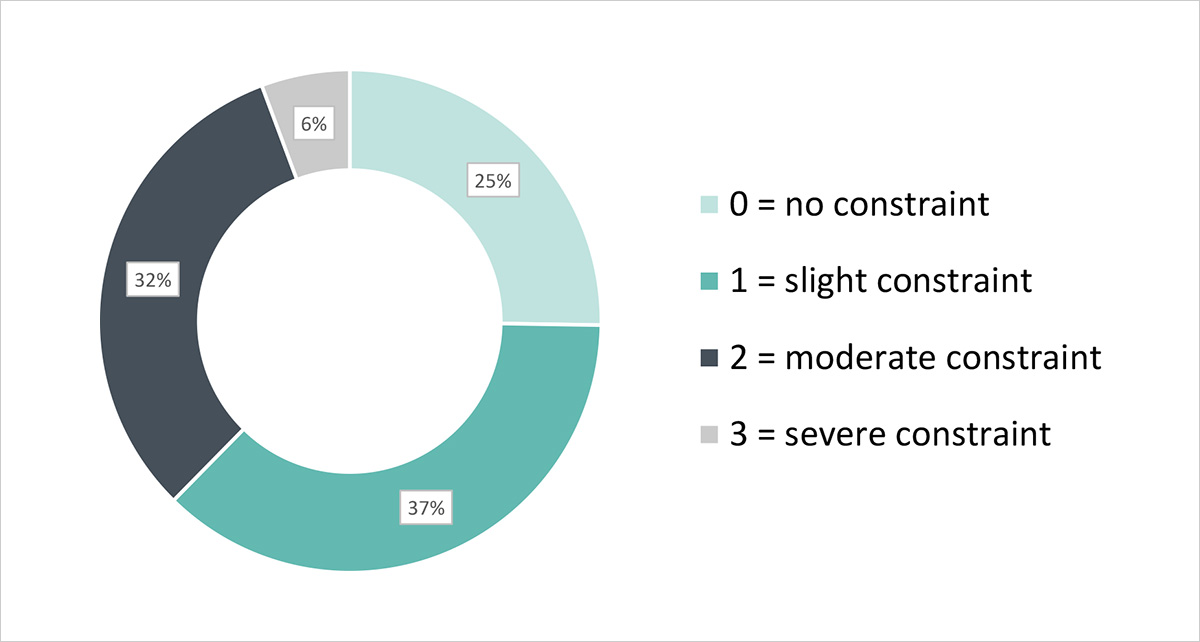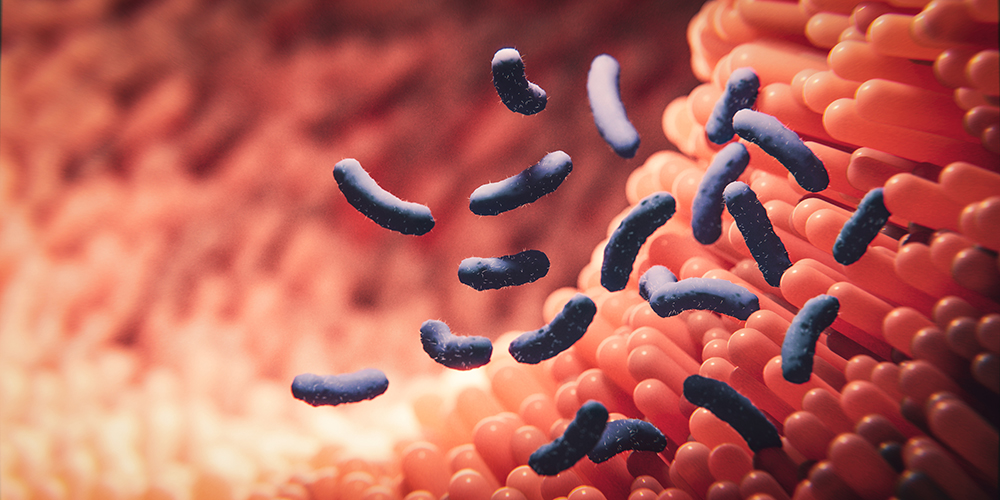Figures and Facts on Animal Research at the University of Basel

The University of Basel maintains detailed records of the total number of experiments conducted on vertebrate animals and the distribution of degrees of severity. These statistics are reported to the Federal Food Safety and Veterinary Office, which compiles national data.
Mice make up by far the largest proportion of animals at just under 96%.
Animal Research in 2023 by Species
Mice
43’379
95.72%
Rats
1’240
2.74%
Fish
691
1.52%
Rabbits
10
0.02%
Total
45’320
100%
A quarter of the experiments result in no stress for the animals, while about one-third each, is classified as having mild or moderate stress, respectively. The remaining six percent of experiments involve severe stress. More information on the definition of severity levels, as well as examples of experiments with different degrees of severity, is provided on the Values and Responsibility page.
Degrees of Severity Levels by Animal Species in 2023
Mice
9’840
16’580
14’381
2’578
Rats
1'100
41
97
2
Fish
497
194
0
0
Rabbits
10
0
0
0
Total
11’447
16’815
14’478
2’580
A dedicated team of veterinarians and trained animal caretakers holds the responsibility of caring for and monitoring the animals at the University of Basel. Their efforts enable life science research groups to conduct advanced research and supplement their studies with animal experiments.
Figures on specialists and researchers
Number of animal stations
6
Veterinarians in animal facilities, 3R coordination and animal welfare
5
Employees of the animal facilities, mostly animal care staff with specialization in laboratory animal care
62
Research groups carrying out animal experiments
66
University researchers working with vertebrate animals
~ 600
Ongoing trial approvals (as of January 2025)
160
Original publications in scientific journals from these research groups (2023)
~ 200



